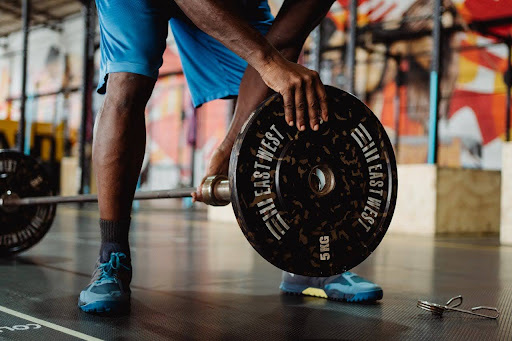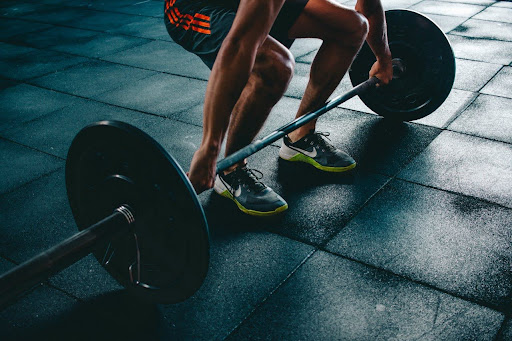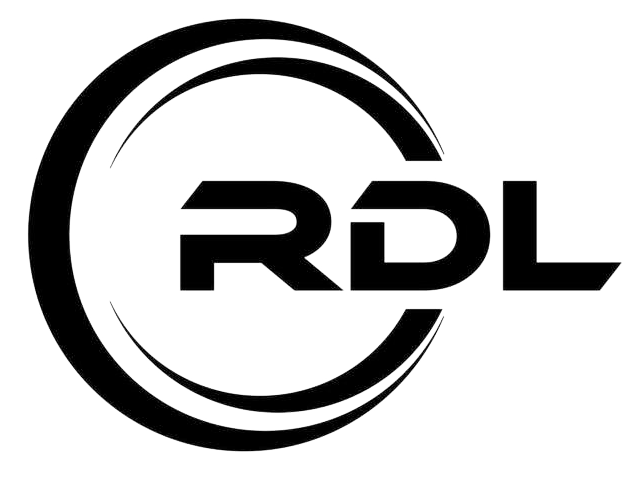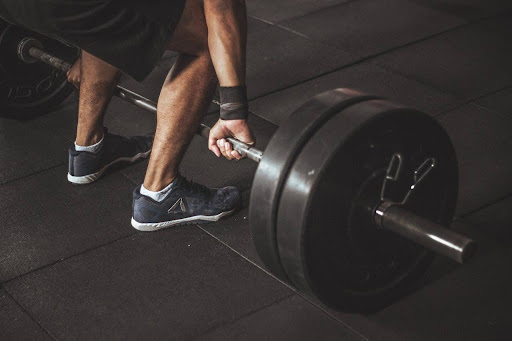The Romanian deadlift (RDL) is one of the most effective exercises that predominantly targets the lower body muscle groups, including the hamstrings and glutes. It is also integrated into workouts for strength training, targeting the core and lower back. Specifically, the muscles that are active during an RDL exercise are the erector spinae, multifidus, and posterior chain muscles, which form the muscles at the back of the legs and spine.
For starters, the Romanian deadlift is a type of deadlift wherein only the hips are bent when lifting a weighted barbell or dumbbells off the ground, maintaining a stabilized, bent-over position. The knees may bend in doing RDLs; however, it is not recommended, unlike in a conventional deadlift or squat, where the knees must be bent.
Overall, the RDL is a helpful exercise to improve movement proficiency in weightlifting by practicing proper body positioning of the hips, buttocks, and hamstrings for an ideal alignment during lifting.
In this article, we will discuss the importance of the RDL exercise and how you can incorporate it into your workout routine, especially if you are looking to improve your lower body strength.

Benefits of the Romanian Deadlift
Strengthening the posterior chain muscles, which include the calf muscles, hamstrings, gluteus maximi, latissimus dorsi, and erector spinae muscles, lessens the risks of injury during sports and vigorous activities. While the key parts you are exercising during an RDL are your glutes and hamstrings, gym instructors and coaches also recommend this movement to condition and strengthen your back extensors and lumbar muscles, as it also targets your spine and lower back.
Additionally, consistent practice of the RDL exercise in your routine enhances your hip hinge mechanics, which allows you to do other lifts such as conventional deadlifts and squats with ease. This movement also improves your hamstring flexibility and mobility, reducing risks of strains, and boosts athletic performance, especially for sprinting, jumping, and other explosive movements that involve a quick and powerful burst of force and a rapid contraction of muscles, such as Olympic lifts, kettlebell swings, and plyometrics.
Variations of the Romanian Deadlift
While Romanian deadlift is a type of deadlift, under the RDL umbrella are other variations of exercises that you can incorporate in your workouts too. Here are three types of RDLs you need to know about:
The Dumbbell RDL
The dumbbell RDL is known as the standard RDL, which is performed by two dumbbells instead of a loaded barbell. In this exercise, you are holding one dumbbell at each side or in front of your thighs while executing the hip hinge movement. There are several benefits to doing this exercise:
- Greater range of motion, with the dumbbells allowing you to further lower its weight, maximizing the stretch felt on your hamstrings
- Improved stability and balance, as holding independent weights allows you to stabilize your core and shoulder muscles
- Less stress on lower back, as dumbbells allow you to have a natural grip and arm positioning, reducing lower back pain
- Beginner-friendly, as exercising with dumbbells is easier to learn and control as opposed to a heavy barbell, which an unloaded one weighs at 45 lbs. Or 20 kg.

Single-Leg RDL
The single-leg RDL is a unilateral variation of the RDL, where you balance on one leg while hinging at the hips and extending the other leg behind you. Performing this exercise can be done with a dumbbell on one side, a kettlebell in front of you, or with your bodyweight. Here are the benefits of practicing the single-leg RDL:
- Enhances balance and coordination, as a unilateral movement allows for muscle stabilization in the ankles, knees, and core
- Fixes muscle imbalances; this exercise corrects left-right strength irregularities
- Increases glute activation, with the single-leg stance forcing the gluteus medius to exert more effort for stability
Trap Bar RDL
The trap bar RDL is somewhat similar to the barbell RDL, except it is performed with a trap (hex) bar. With the neutral grip handles on this type of bar, the torso is positioned to a more upright alignment, which reduces lower back strain. Some of this exercise’s benefits include:
- More natural grip position, allowing for a more comfortable movement with your palms facing inward, reducing wrist strain
- Allows for a heavier load, as you can lift heavier weights without excessive spinal stress
- Beginner-friendly; just like the dumbbell RDL, the trap bar is also easy to control compared to a barbell, making this variation a good start for RDL beginners
We will go into more detail about these RDL variations in the upcoming post, so check back soon! But now that you know what RDL exercises you can start with, let’s figure out how to incorporate them into your workout routine.
How to Incorporate RDLs into Your Leg Day Workout
RDLs can be performed at the start of your workout for strength or later as an accessory movement for endurance. If prioritizing strength, use heavier weights with lower reps; for muscle endurance, go for moderate weights with higher reps. Pairing RDLs with exercises like lunges or calf raises creates a balanced routine. Dumbbell RDLs are great for beginners; single-leg RDLs enhance stability and glute activation, and trap bar RDLs allow for heavier lifting with less back strain. Choose the variation that best aligns with your goals.
Conclusion
The Romanian deadlift is a fundamental exercise for building strength, flexibility, and athletic performance. By incorporating the right variation into your routine, you can develop a stronger posterior chain, improve stability, and reduce injury risks. Prioritizing proper form and progression will ensure long-term benefits and consistent gains.
Need help getting started with the RDL exercises? Reach out to us, and let us guide you through integrating this movement with your workout routine based on your physique goal!
FAQ
1. How often should I do RDLs? You can perform RDLs 2-3 times per week, depending on your training intensity and recovery ability.
2. Are RDLs safe for beginners? Yes! Start with light dumbbells and focus on proper hip-hinge mechanics before increasing weight.
3. Can RDLs replace conventional deadlifts? Not entirely. While RDLs target similar muscles, conventional deadlifts engage more overall muscle mass and include knee flexion.
4. Why do I feel RDLs in my lower back? This could indicate poor form, excessive weight, or lack of core engagement. Focus on keeping a neutral spine and engaging your glutes and hamstrings.
5. Should I do RDLs before or after squats? If your goal is strength, do them after squats. If focusing on posterior chain development, you can do them first.

